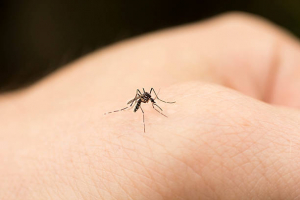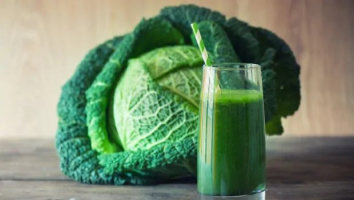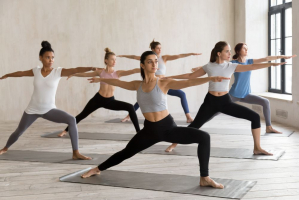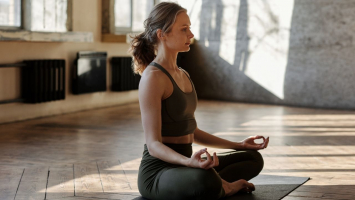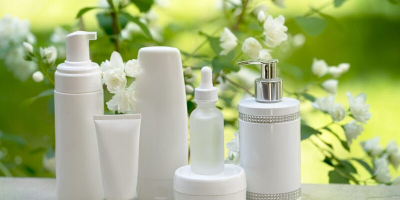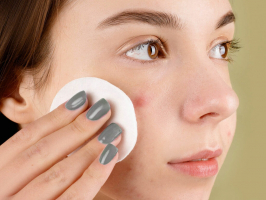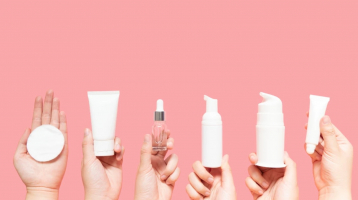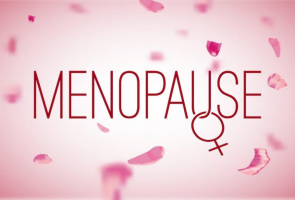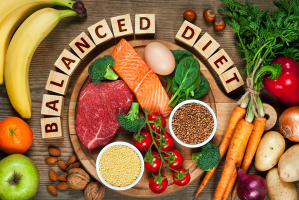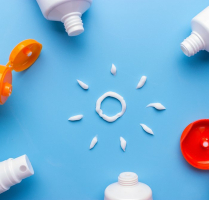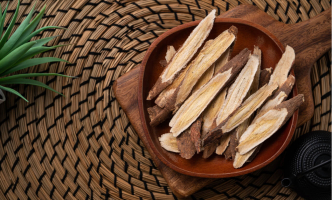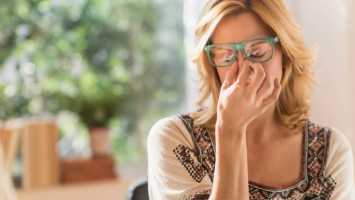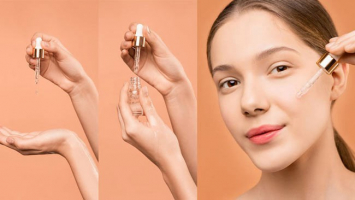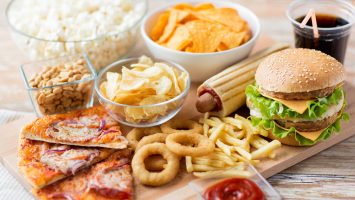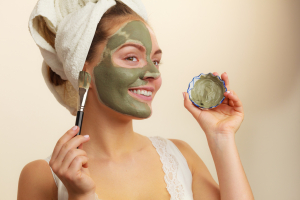Top 10 Powerful Home Remedies for Acne
Acne affects 85% of young adults, being one of the most prevalent skin conditions in the world. The most effective acne treatments now available, such as ... read more...salicylic acid, niacinamide, or benzoyl peroxide, can be expensive and have negative side effects including dryness, redness, and irritation. Below are some of the Powerful Home Remedies for Acne that you can try!
-
Tea tree oil is extracted from the leaves of the tree Melaleuca alternifolia, an Australian native tree. It is renowned for its ability to eliminate bacterial growth and lessen skin irritation. Particularly, P. acnes and S. epidermidis, two kinds of bacteria that might result in pimples, are combated by tea tree oil.
According to one study, 5% tea tree oil gel was nearly four times as efficient as a placebo in reducing acne lesions and nearly six times as effective at reducing the severity of acne. Another research found that a lotion with 5% benzoyl peroxide, a common acne treatment, and a gel with 5% tea tree oil were equally effective in reducing pimples. Fewer negative side effects, such as dryness, irritability, and burning, can be seen after using tea tree oil. It's important to remember that tea tree oil has a strong effect and might irritate and cause redness when applied directly. For this reason, it should be diluted with a carrier oil.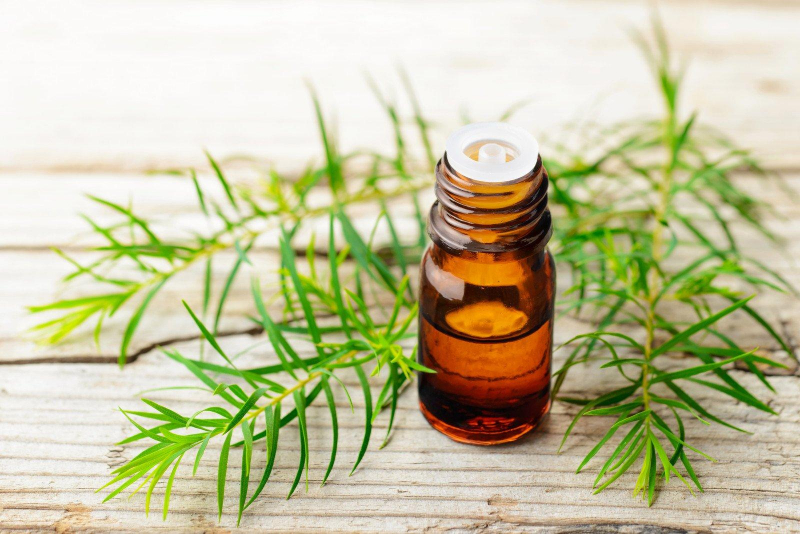
Spot treat with tea tree oil 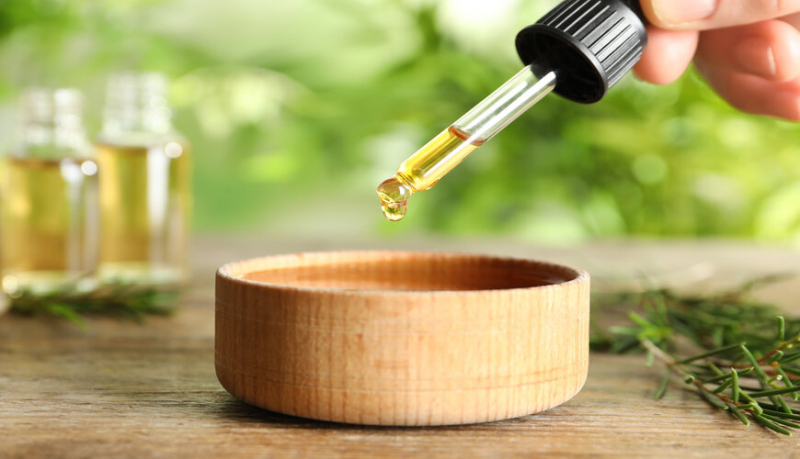
Spot treat with tea tree oil -
Along with tea tree oil, many other essential oils have antibacterial and anti-inflammatory properties that might hasten the healing of acne. According to one scientific research, the acne-causing bacteria S. epidermidis and P. acnes are combated by the essential oils of cinnamon, rose, lavender, and clove.
Lemongrass and rosemary have also been proved to prevent P. acnes. One research compared the ability of clove-basil oil, 10% benzoyl peroxide, and a placebo to treat acne. Benzoyl peroxide was shown to be less effective and slower in clearing up pimples than the 2% and 5% clove-basil oils. Another research found that a gel combining acetic acid, orange, and sweet basil essential oils increased the rate at which pimples healed by 75%. These essential oils are very concentrated and might irritate the skin if used directly, just as tea tree oil. All essential oils should be diluted with a carrier oil before use, a test patch should be done before daily usage, and use should be stopped if irritation arises.
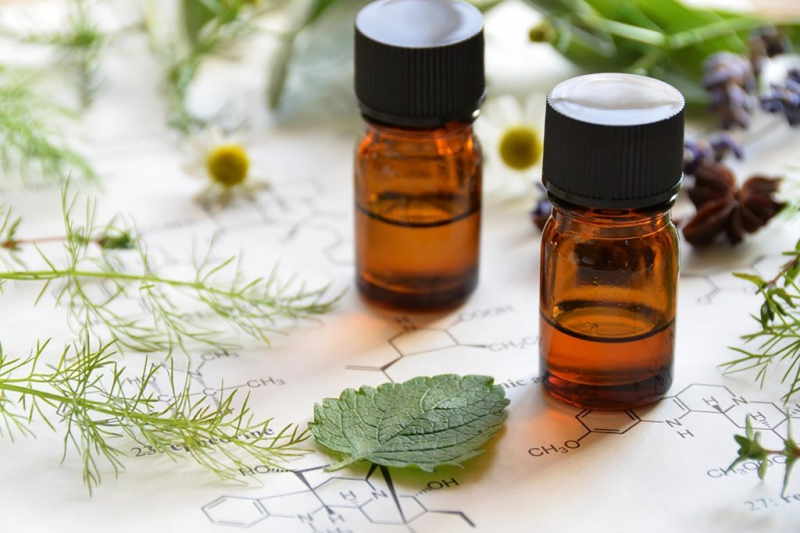
Spot treat with other essential oils 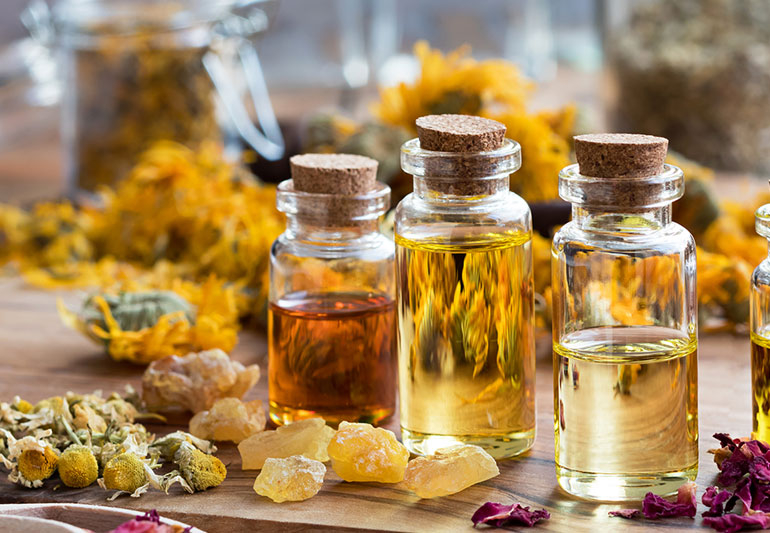
Spot treat with other essential oils -
Aloe vera is a tropical plant with leaves that produce a clear gel. Aloe vera gel has been demonstrated to promote wound healing, decrease inflammation, and kill infection when applied to the skin.
As a result, it's a good remedy for a number of skin problems, such as psoriasis, rashes, cuts, and burns. Lupeol, salicylic acid, urea nitrogen, phenols, and sulfur are all found in aloe vera and all of them work to prevent acne-causing bacteria. A clove-basil oil was combined with various amounts of aloe vera gel in one trial to examine its ability to cure acne. The more aloe vera there was in the lotion, the more effective it was in reducing pimples. In contrast to using tretinoin cream alone, using tretinoin cream in combination with 50% aloe vera gel significantly increased the effectiveness of treating pimples.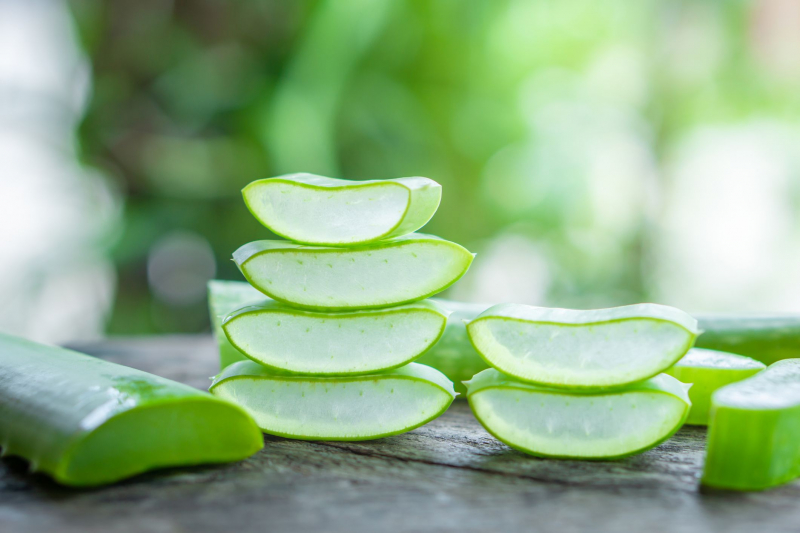
Moisturize with aloe vera 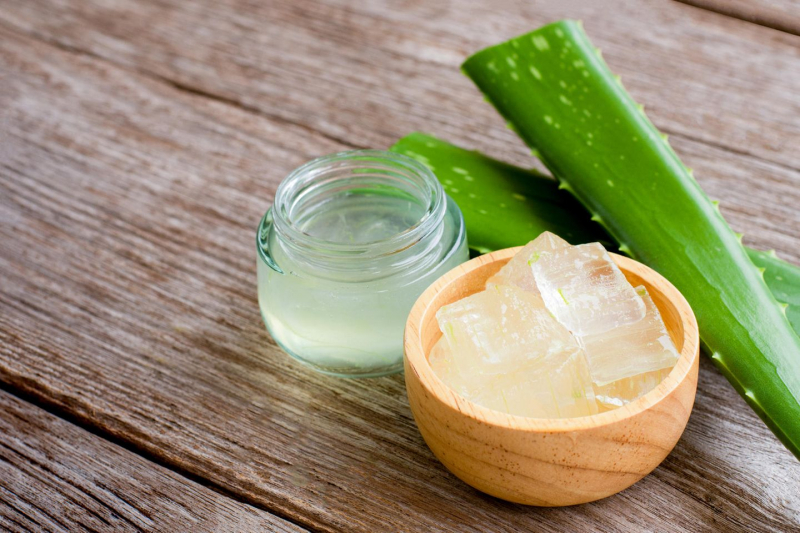
Moisturize with aloe vera -
Although many people drink green tea because of its health benefits, it can also be beneficial when applied directly. Flavonoids and tannins included in green tea are believed to help battle acne-causing bacteria and inflammation.
Furthermore, it contains a lot of the antioxidant epigallocatechin-3-gallate (EGCG), which has been demonstrated to reduce sebum production, fight inflammation, and prevent P. acnes from growing on acne-prone skin. Applying a 2-3% green tea extract to the skin has been demonstrated in several studies to considerably reduce sebum production and acne in acne sufferers. There are many green tea-based skin care products on the market, but making your own mixture at home is quite easy and inexpensive.
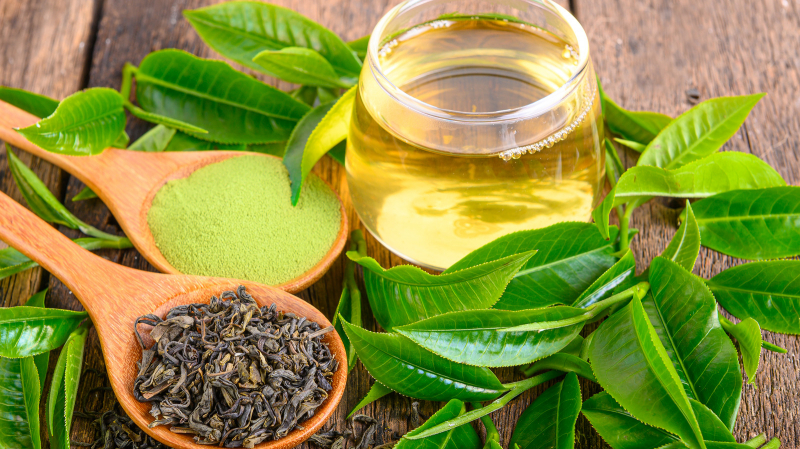
Apply green tea to your skin 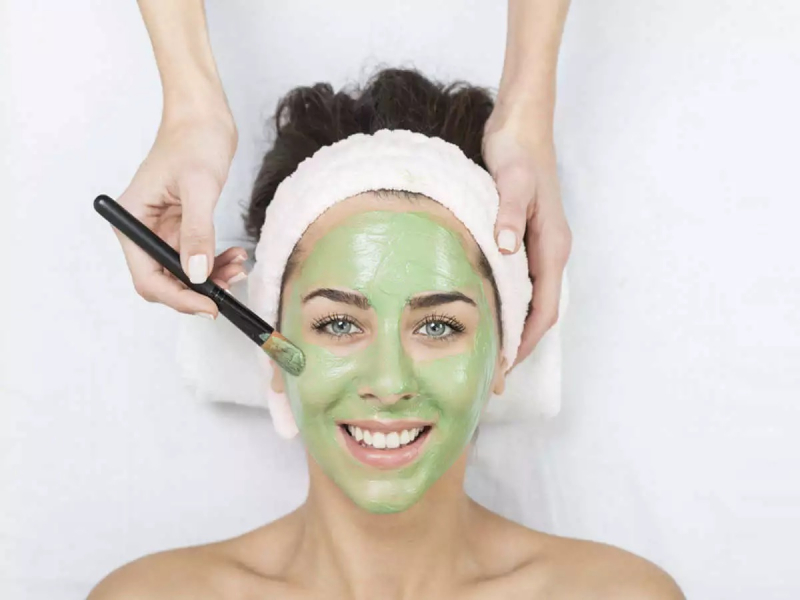
Apply green tea to your skin -
Witch hazel is a plant that is native to North America. Some research suggests that witch hazel may help treat acne. According to a study, witch hazel's astringent and anti-inflammatory properties help reduce acne breakouts. The astringent effects minimize excess oil on the skin, which can cause clogged pores and breakouts, while the anti-inflammatory properties soothe the skin.
30 people with mild to severe acne used a three-step facial treatment twice daily for six weeks in one small trial conducted in 2017. One of the substances in the second phase of the therapy was witch hazel. By the end of the research, the majority of subjects had significantly improved acne. Additionally, according to research from 2019, witch hazel may prevent acne by reducing skin inflammation and irritation as well as bacteria.
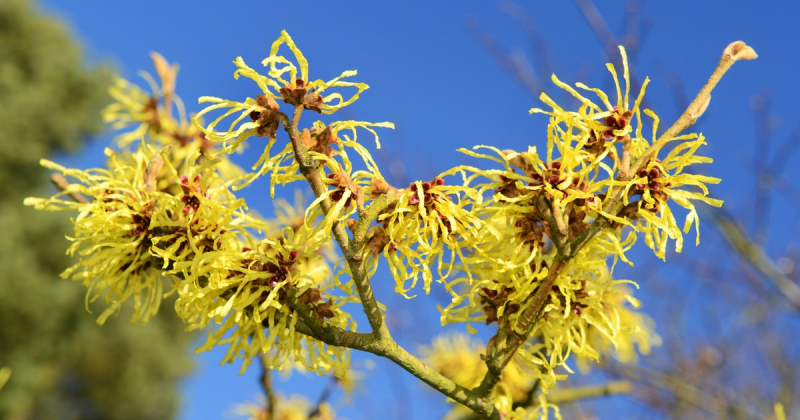
Apply witch hazel 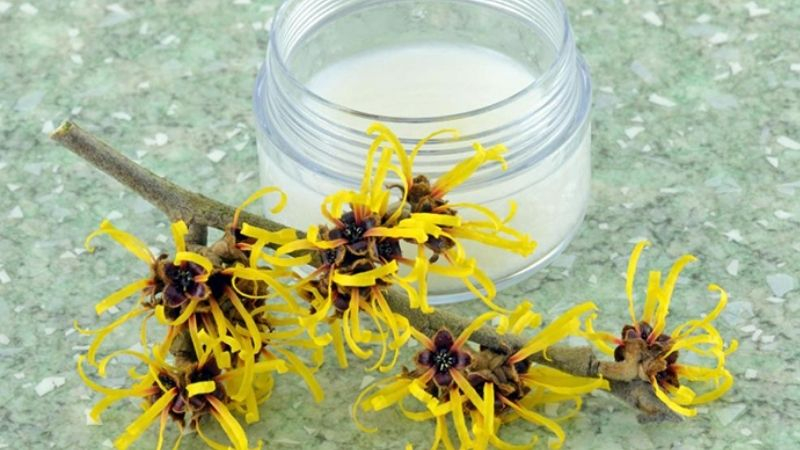
Apply witch hazel -
Zinc is a crucial vitamin for immune system health, hormone production, cell development, and metabolism. According to a meta-analysis from 2020, those who received zinc treatment saw a noticeable improvement in the number of inflammatory lesions compared to those who did not.
The safe upper limit for daily zinc intake is 40 milligrams, so it's usually advisable to stay within that level unless you're under a doctor's care. Taking too much zinc might have negative consequences, such as gastrointestinal discomfort. It's also important to remember that there is no evidence to support the effectiveness of applying zinc to the skin. This could be a result of zinc's poor skin absorption.
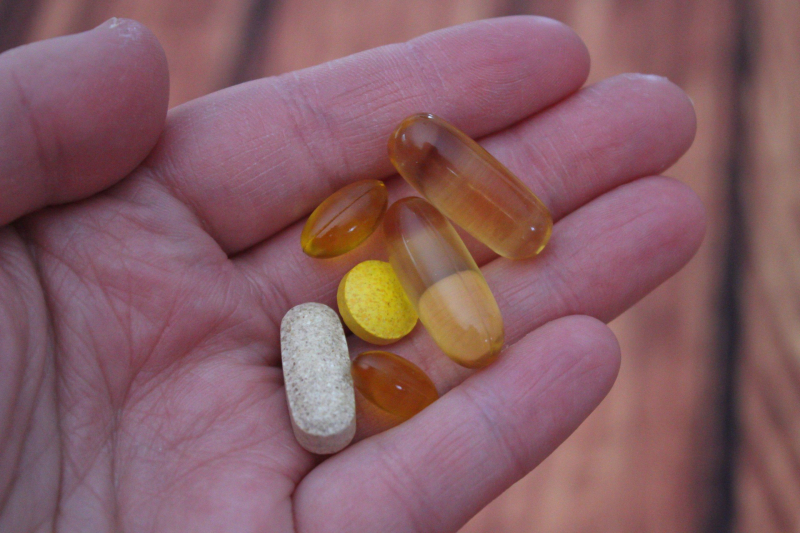
Take a zinc supplement 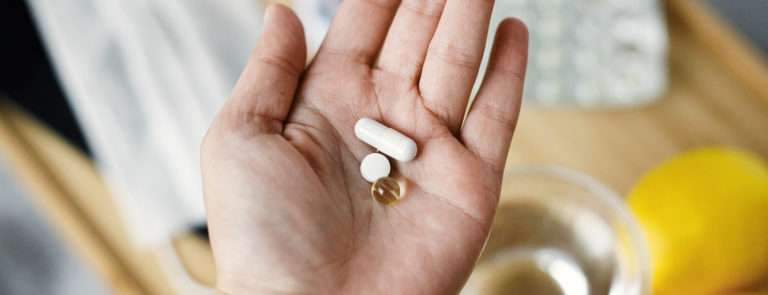
Take a zinc supplement -
Healthy fats with many health benefits include omega-3 fatty acids. Omega-3 fatty acids, which are included in fish oil, wild salmon, nuts, and seeds, have been found by one German research as a nutrient beneficial for lowering acne.
One study found that 94% of the 100 participants with acne had low levels of fatty acid in their blood. Many also had greater amounts of a hormone that is known to promote the development of acne. Eicosapentaenoic acid (EPA) and docosahexaenoic acid are the two main types of omega-3 fatty acids found in fish oils (DHA). According to one 2019 research, high EPA and DHA levels might lessen inflammatory factors, which may lower the risk of acne. Omega-3 fatty acids can also be found in food such as salmon, sardines, anchovies, walnuts, chia seeds, ground flax seeds, fish oil supplements,...
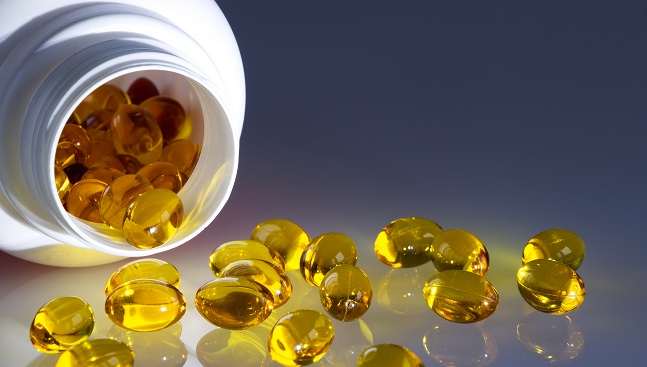
Take an omega-3 fatty acids supplement 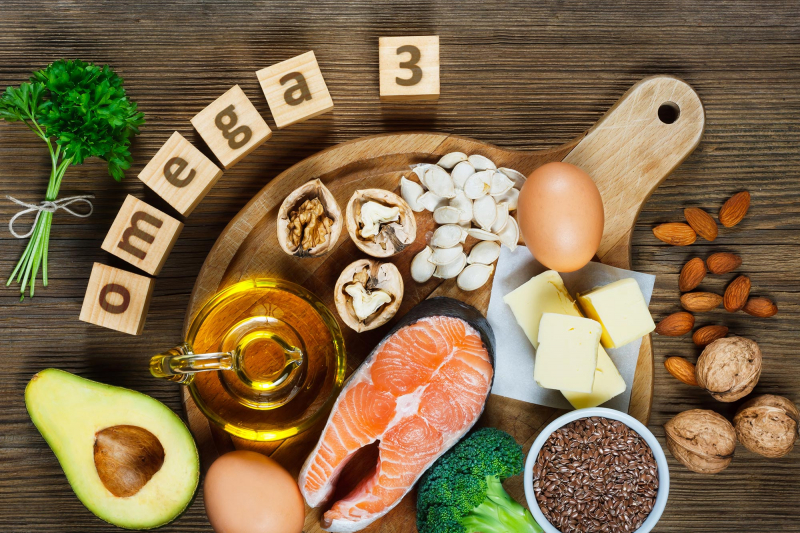
Take an omega-3 fatty acids supplement -
Honey and cinnamon are commonly used to treat acne because they can help in killing the bacteria that create inflamed pores. Many skincare products also include honey.
According to a 2017 study, honey and cinnamon bark extract together have antibacterial properties on P. acnes. According to research published in 2020, honey can either prevent P. acnes from growing or actually destroy it. However, this finding does not indicate that using honey to treat acne is always successful. According to a 2016 research involving 136 acne patients, applying honey to the skin after using antibacterial soap was no more effective at treating acne than using the soap on its own. While honey and cinnamon's anti-inflammatory and antibacterial properties may lessen acne, additional research is required.
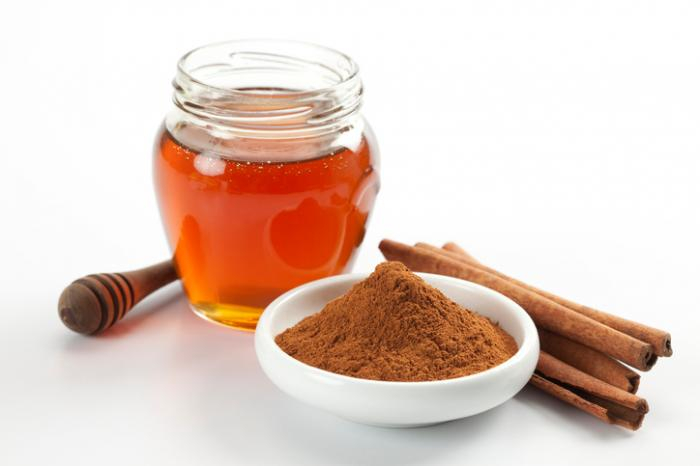
Make a honey and cinnamon mask 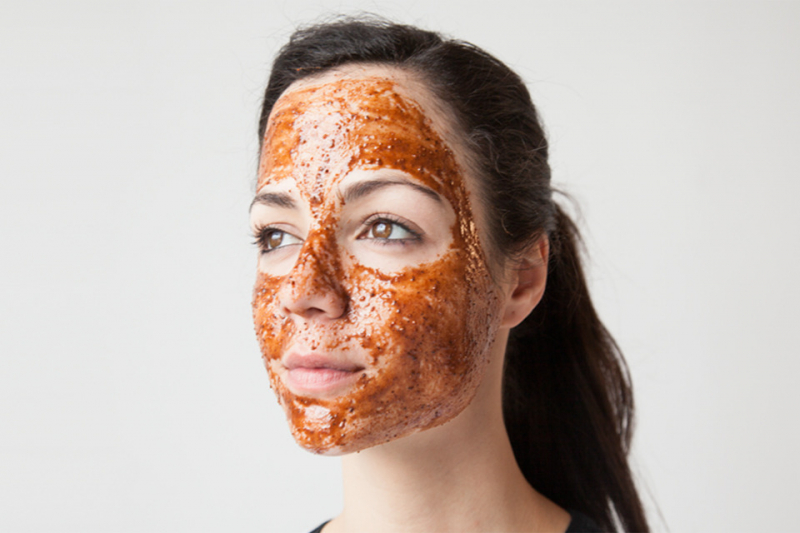
Make a honey and cinnamon mask -
The process of exfoliating involves removing the top layer of dead skin cells. By eliminating the skin cells that clog pores, it could help acne. Once the top layer of skin has been removed, exfoliating may help acne treatments for the skin work better by allowing deeper penetration.
38 acne sufferers participated in one small research from 2016 that involved eight microdermabrasion treatments spread out per week. Following the treatments, the people who had acne scars showed some improvement. Six microdermabrasion treatments per week were shown to effectively encourage skin repair in a small 2017 research. Certain exfoliants can help in the reduction of acne and the fading of acne scars. However, it's critical to pick a product for your acne-prone skin that is gentle but effective. The manual rubbing required by physical exfoliants, such as washing scrubs and textured cloths, can irritate the skin.
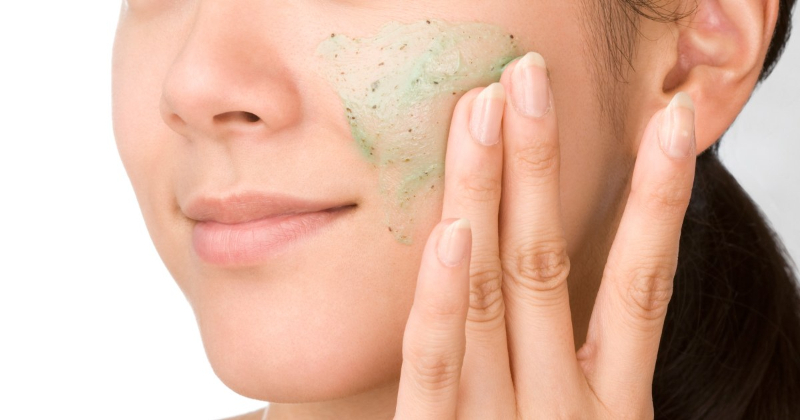
Exfoliate regularly 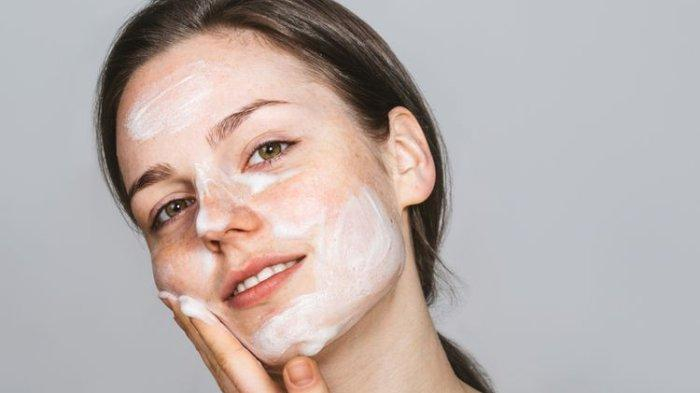
Exfoliate regularly -
The glycemic index (GI) of a food is a measure of how quickly it raises blood sugar levels. Consuming foods with a high GI induces an increase in insulin, which probably raises sebum production. Therefore, foods with a high GI may have a direct impact on the development and severity of acne.
In a 2018 research, 66 participants either followed a standard or low glycemic diet. After two weeks, those who followed a low-glycemic diet had reduced insulin-like growth factor-1 (IGF-1), a hormone critical for the development of acne. Another study conducted in 2017 on 64 participants found that those with moderate to severe acne consumed diets higher in glycemic load and carbs than those without acne. These short trials showed that those with acne-prone skin may benefit from a low glycemic diet. Foods with a low glycemic index include: fruits, vegetables, legumes, nuts, whole or minimally processed grains
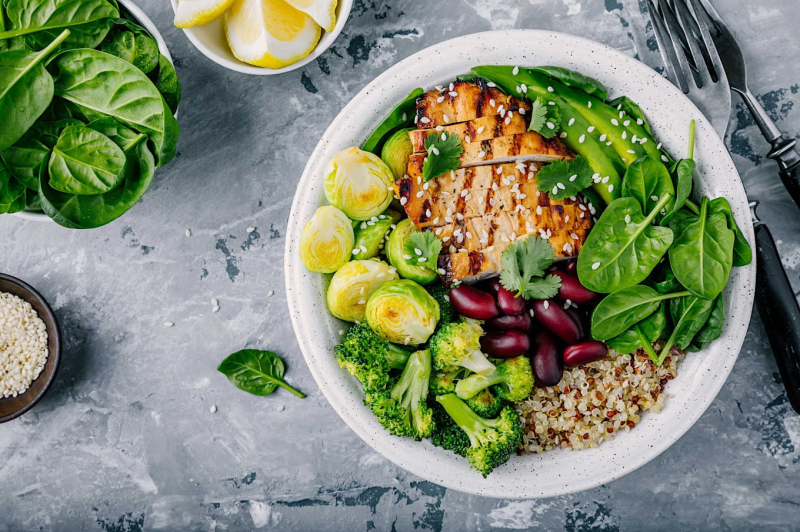
Follow a low glycemic diet 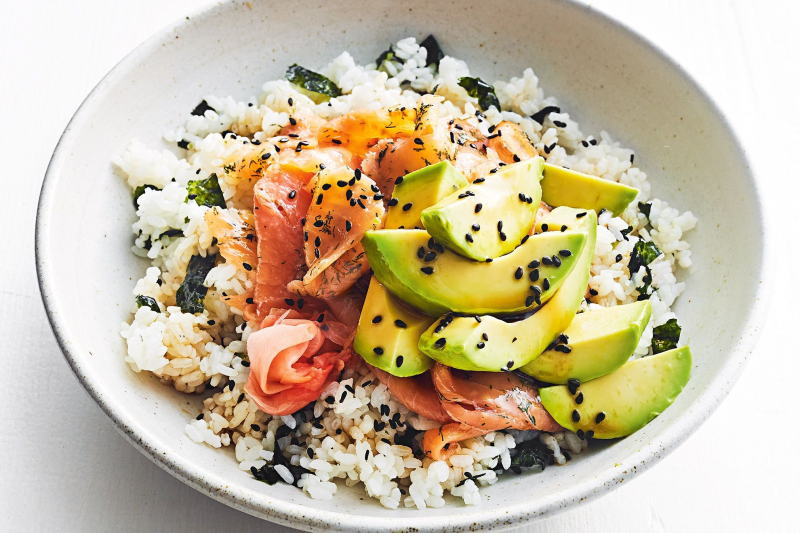
Follow a low glycemic diet












